Automation. Robots. Technology taking our jobs. I defy you to pick up a business magazine and avoid this topic — it will be in there somewhere. However, there’s another theme you won’t be able to avoid: the need to focus on the customer experience.
These two trends are in tension much of the time. They don’t have to be, but due to most businesses’ seemingly inescapable need to focus on themselves instead of the customer, that’s often the case.
I ran across a prime example recently. I’ll admit it: I eat fast food sometimes — I eat healthy at home, and I have to balance it out once in a while. As a result, I noticed when the local McDonald’s was closed for three weeks for remodeling. When it re-opened, I visited. As someone who pays attention to customer experience, I was astounded — so much so that I went back two weeks later to take notes.
So Long, No. 4
Instead of a counter where your order was taken, there were four large touchscreens, so inconspicuously placed that the workers who used to be behind the counters were out in the lobby directing customers to them (and then offering guidance on how to use them).
The screens were about two feet wide and three and a half feet tall — so tall you had to stand back in order to see the entire surface. Even then, the interfaces were so poorly designed that you had to scroll down on some screens (because 36 inches just isn’t enough space, apparently).
To order what used to be a “No. 4,” I had to hunt down the right icons and push buttons 11 times. Once to indicate whether I was eating in or taking the food out, once to select chicken (vs. hamburgers, salads, etc.), once for the kind of chicken, once for the size of the meal, once for the kind of drink, once for the kind of sauce, once for the OTHER kind of sauce (?!?), once to confirm that was what I wanted, once to key in my table number, once to specify my payment type, and once to finalize payment.
There was a payment card reader at the kiosk. If you wanted to pay with cash, you had to flag down an employee and have them ring you up at the counter. You may remember the counter — it’s where I could have asked a human for a “Number 4, medium, for here,” and been done ordering.
When the food was brought out, there was no drink — I had not realized that when I pushed the button for a Coke, I should have known to turn around and get a cup from the dispenser behind me. I had to go get my drink after the woman running the food out pointed it out to me.
I get that the idea here is to reduce the number of employees in order to have a positive impact on the bottom line — but that wasn’t happening. There were people helping customers with the kiosks and people running food to the tables — the same people who had been behind the counter a month earlier.
The whole point of a restaurant of this nature is that you get in, order your food, and eat as quickly as possible. It’s a mundane customer experience, to be sure, but it sets expectations. The kiosks blew up my two-second ordering experience into a four-minute adventure in navigating a not-very-well-designed set of touchscreens. Then, the process wasn’t well explained about the drink.
Everything about the old way of ordering is better. Is the savings in headcount going to pay off if your customers stop coming in?
Keep Automation Simple
The experience was vaguely reminiscent of the supermarket self-checkout, which was supposed to do away with checkout clerks but instead created a new position for them as helpers for the befuddled self-checkouters struggling with a poorly designed process. (They also try to prevent clever customers from exploiting the machines for fun and profit.)
Another aspect of this type of automation is that it takes the bat out of your employees’ hands. They can’t add to the customer experience with a little of their own personality if the technology takes their place and only allows them to participate when the customer is frustrated.
The best automation, when it comes to preserving the customer experience, is designed to automate the simplest part of the transactions. Think about airline check-in kiosks: they retrieve your flight information, print boarding passes and generate tags for your luggage, but you still have to show your ID and hand your bags to people behind the counter, and those people still tell you the gate number and wish you well on your flight. Your last contact with the airline before your wait at the gate is with a person, not with a terminal.
If you feel like you must automate customer-facing activities, map them out and decide which ones automation can do best — not to your benefit, but to the benefit of the customer experience. If you identify activities that aren’t suited to your machines, have your people handle them — and think through the process, automation should be used to help your customer-facing employees deliver better experiences, not to assist them out the door.

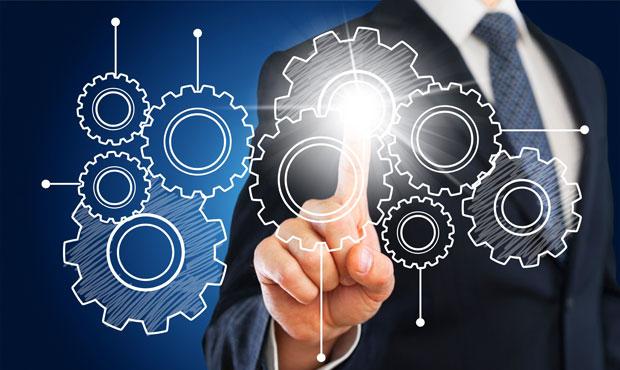


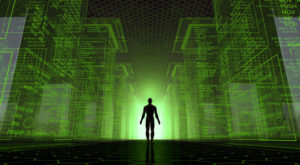




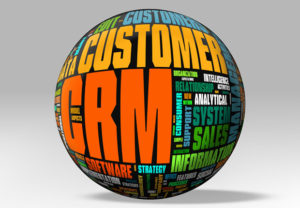
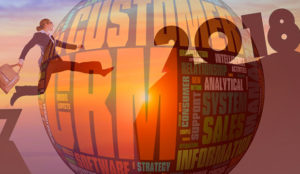

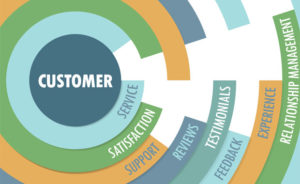











































Funny i had almost the same experience, the result for me was to skip this type of service.Now I think twice if I chose to go for lunch.